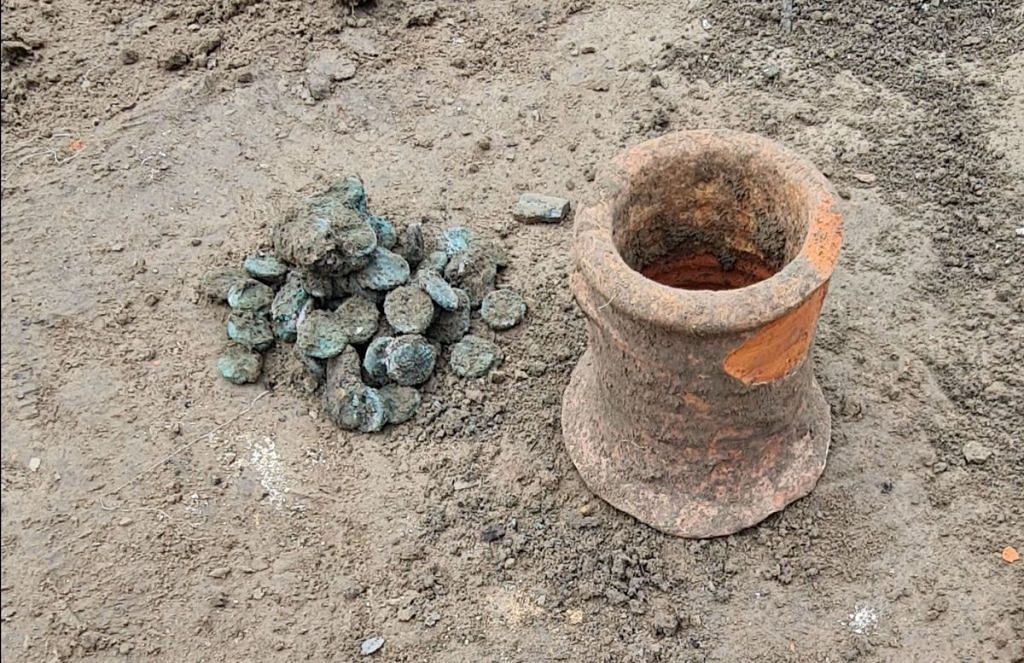5 Reasons Sarcophagi Were Decorated in Ancient Times

In the ancient world, the practices surrounding death and the afterlife were imbued with profound cultural significance. One of the most striking elements of these rituals was the decoration of sarcophagi. Here are five reasons why ancient civilizations adorned these final resting places with intricate designs and vibrant imagery:
1. Symbolism and Ideology

Sarcophagi served as visual narratives of the deceased’s life, beliefs, and societal role. Here’s how:
- Religious Beliefs: Many cultures believed in an afterlife, and the decorations on sarcophagi often illustrated these beliefs. For instance, in Ancient Egypt, the sarcophagus was decorated with scenes from the Book of the Dead to aid the soul in navigating the underworld.
- Social Status: The grandeur and opulence of the sarcophagus often reflected the deceased’s social standing, making it a symbol of prestige and power. In Rome, for example, elaborate sarcophagi were a testament to wealth and status, often depicting scenes of triumph or divine intervention.
2. Protection and Ward Against Evil

Decorations weren’t just for show; they had practical magical purposes:
- Magical Protection: Amulets, gods, and mythological figures were commonly carved or painted onto sarcophagi to protect the deceased from evil spirits or misfortune. Symbols like the Eye of Horus in Egypt or the Gorgon Medusa in Roman culture were meant to ward off negative energies.
- Spiritual Guidance: Imagery could guide the soul through the afterlife. Egyptian sarcophagi often included hieroglyphs and scenes guiding the deceased through the underworld trials.
3. Commemoration and Memorialization

The sarcophagus was not just a burial container but also a means of remembrance:
- Family Ties: The decorations might represent family members or ancestors, serving as a familial connection in the afterlife.
- Historical Record: Sarcophagi often depicted historical events or personal achievements, essentially acting as historical documents for future generations.
4. Artistic Expression and Cultural Identity

Artistic skill and cultural narratives found expression through sarcophagus decoration:
- Artistic Legacy: Skilled artisans left their mark through the decoration of sarcophagi, turning them into masterpieces of art that showcased the culture’s aesthetic values.
- Cultural Heritage: The motifs and styles used were emblematic of the culture at that time, reinforcing identity and tradition. For example, Greek sarcophagi often portrayed mythological scenes, echoing the cultural fascination with epic narratives.
5. Religious Rites and Funerary Practices

The preparation and decoration of sarcophagi were integral to the religious and funerary rites:
- Ritual Significance: Each culture had its unique set of practices, and the act of decorating the sarcophagus was often part of the religious ceremony, symbolizing a transition to the afterlife.
- Funerary Offerings: Decorations could also represent offerings made to the gods or the deceased, ensuring continued sustenance and well-being in the next life.
📜 Note: While the practical aspects of sarcophagus decoration provided comfort or guidance to the soul, they also played a crucial role in demonstrating a community's wealth, skill, and reverence for its deceased members.
From the depths of Egypt to the expanse of Rome, sarcophagi were not mere containers for the dead; they were vibrant symbols of life, belief, and identity. Each carving, each scene painted, told a story not just of the person inside but of the culture, religion, and social structures that surrounded them. Understanding the reasons for these decorations gives us a window into ancient civilizations' hopes, fears, and aspirations for the afterlife. They were a blend of personal, spiritual, and societal expressions, ensuring that even in death, individuals remained part of the living world they once inhabited.
Why did ancient cultures put so much effort into decorating sarcophagi?

+
Decorating sarcophagi was a way for ancient cultures to honor the deceased, reflect their beliefs in the afterlife, showcase artistic skill, and memorialize personal and historical significance.
What kind of protection did the decorations provide?

+
The decorations often included protective symbols, gods, or figures that were believed to ward off evil spirits or guide the soul safely in the afterlife.
Did all cultures decorate sarcophagi the same way?

+
No, each culture had its unique symbols, motifs, and artistic styles. Egyptian sarcophagi often depicted religious scenes, while Roman ones might show historical or familial events.
How did sarcophagus decorations reflect social status?

+
The level of detail, material used, and complexity of decorations could indicate the deceased’s social status, wealth, and influence, often serving as a statement of their importance in life.
Why are sarcophagus decorations considered important for modern archaeological studies?

+
These decorations provide invaluable insights into ancient civilizations’ beliefs, social structures, artistic skills, and historical events, helping us reconstruct and understand their way of life and after-life.



